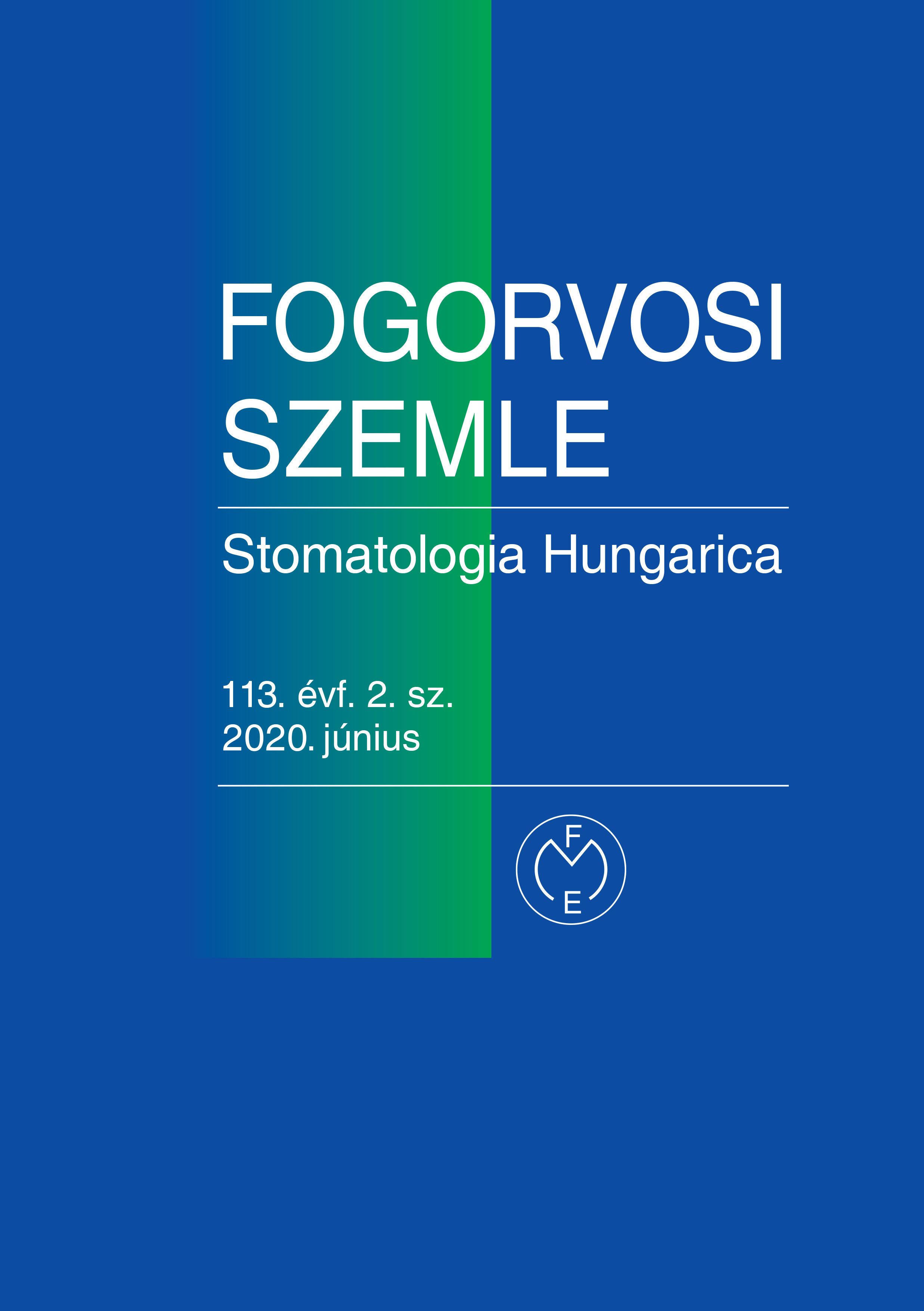Accidental aspiration of an endodontc reamer and its removal via repeated bronchoscopy
Abstract
Aim of this case report is to draw attention to the danger and prevention of aspirated or ingested foreign bodies in the oral health care environment, furthermore it emphasizes the issues, the consequences and the possible solutions of these kind of accidents.
Seventy-two-year-old male patient aspirated a 36 mm long endodontic K-reamer during endodontic treatment. The dentist had referred him to the gastroenterology department, then at the emergency section aspiration could be evidenced according to a chest-radiograph. The patient was then transported to the bronchology ambulance. Since the needle end could not be grasped by the exsicor during the bronchoscopy process, the instrument could not be removed by the pulmonologist, for the first time, so it slid down to the subsegments of the pulmonary segment 9, until it almost reached
the diaphragm surface and disappeared from the practitioner’s eye. According to consultation with a thoracic surgeon and the dentist, the pulmonology team decided a lower left lobectomy on the following day, considering the increased risk of perforation and infection. During the control bronchoscopy on the next day, the patient was laid in Trendelenburg position, while the specialist was able to remove the endodontic instrument with the exscisor. In the meantime, the needle had been turned upside down, showing its plastic end, which made the intervention successful. Patient was then provided by a “lege artis” Clindamycin therapy.
Authors would like to emphasize that the patient in these situations should be followed by the dentist until the final solution: it is crucial that dental history, description of the accident, information about the aspirated or ingested instrument should be provided to the following medical team in order to be successfully help the patient and be able to prevent further dangerous consequences. Proper isolation of the operation field is essential and must be a part of a routin dental treatment procedure. In this way ingestion and aspiration can be easily avoided. For this aim rubber-dam isolation is the most suitable tool in the dental healthcare procedures.
Copyright (c) 2020 Authors

This work is licensed under a Creative Commons Attribution 4.0 International License.


.png)




1.png)



